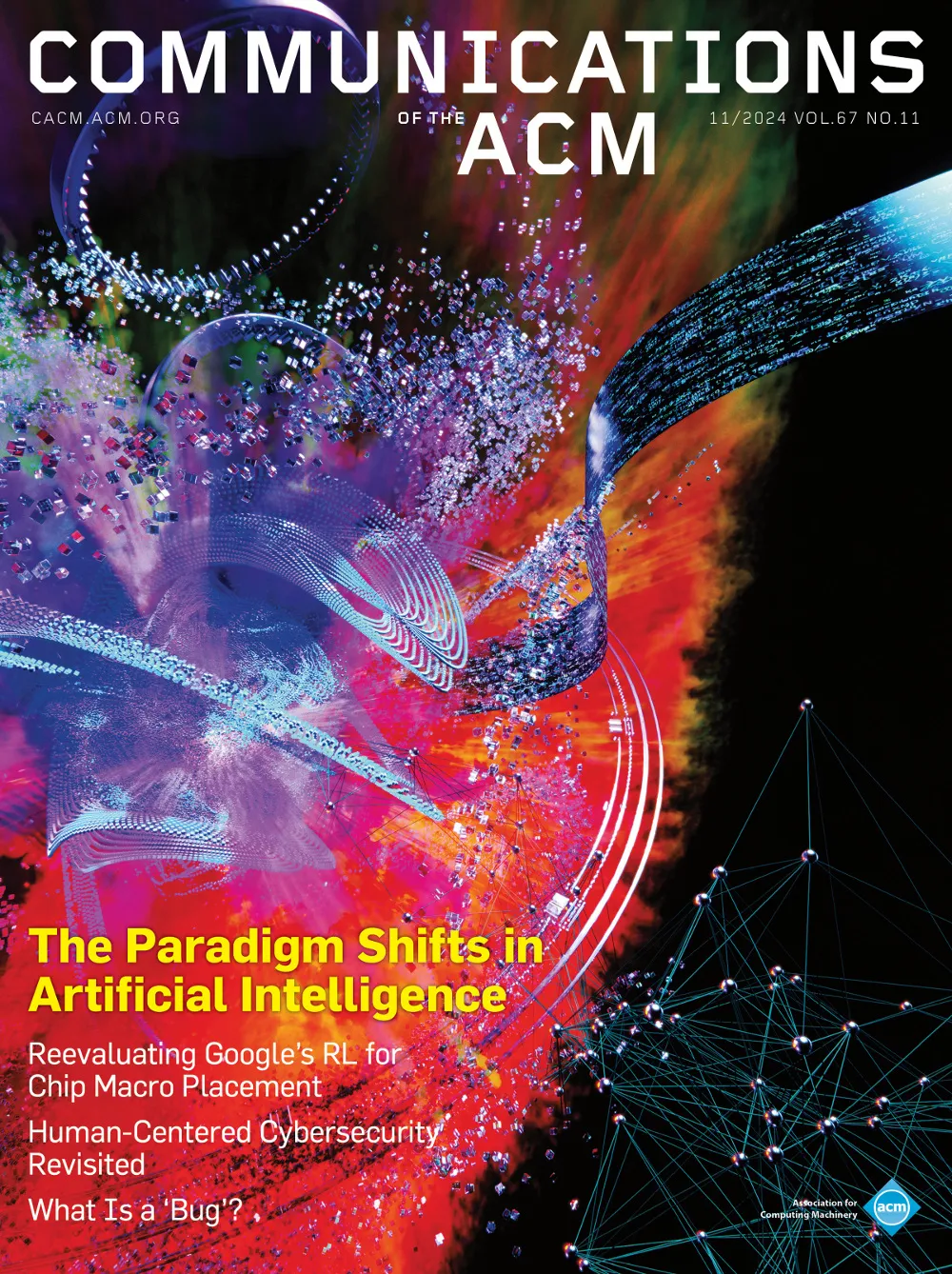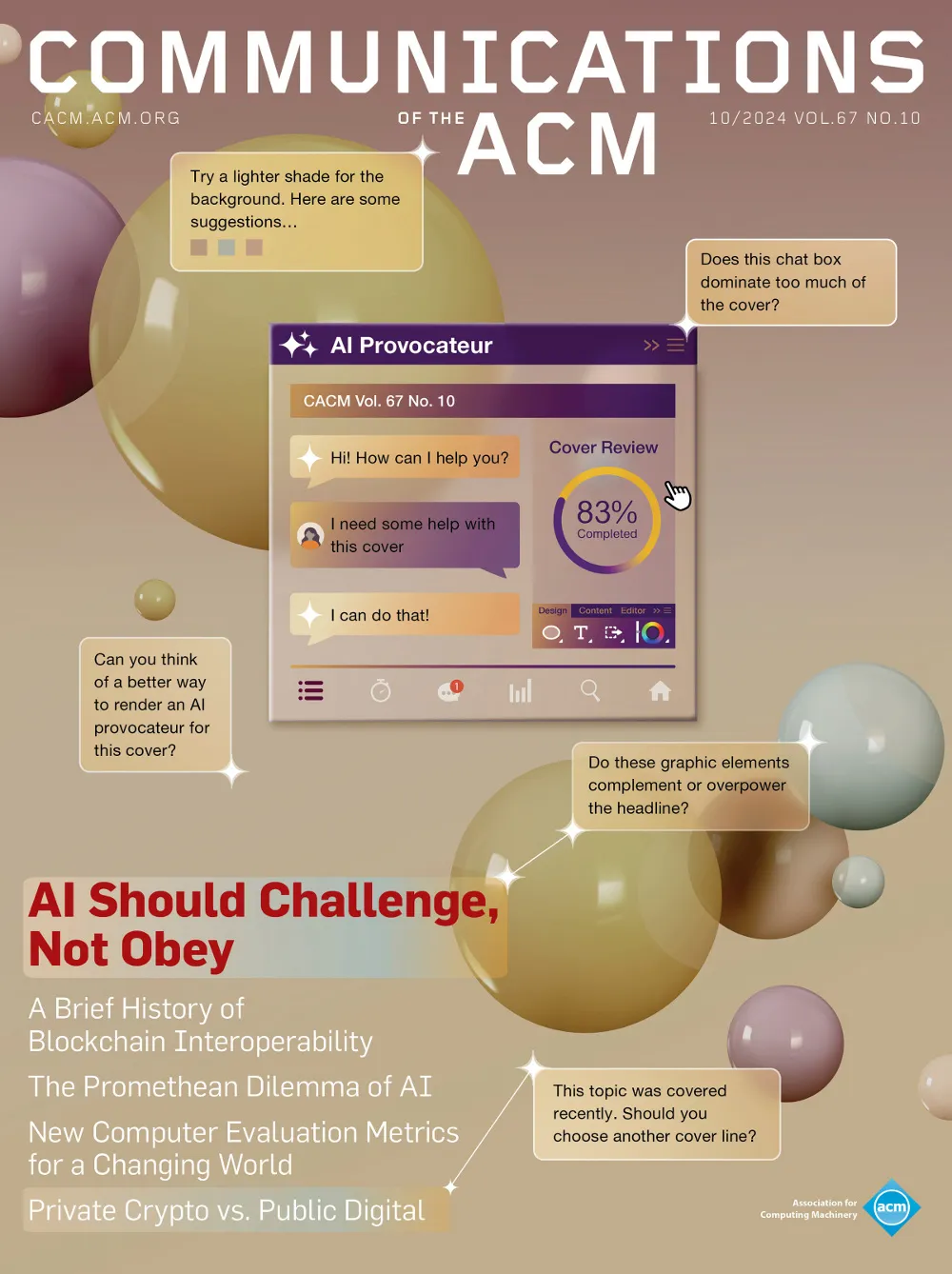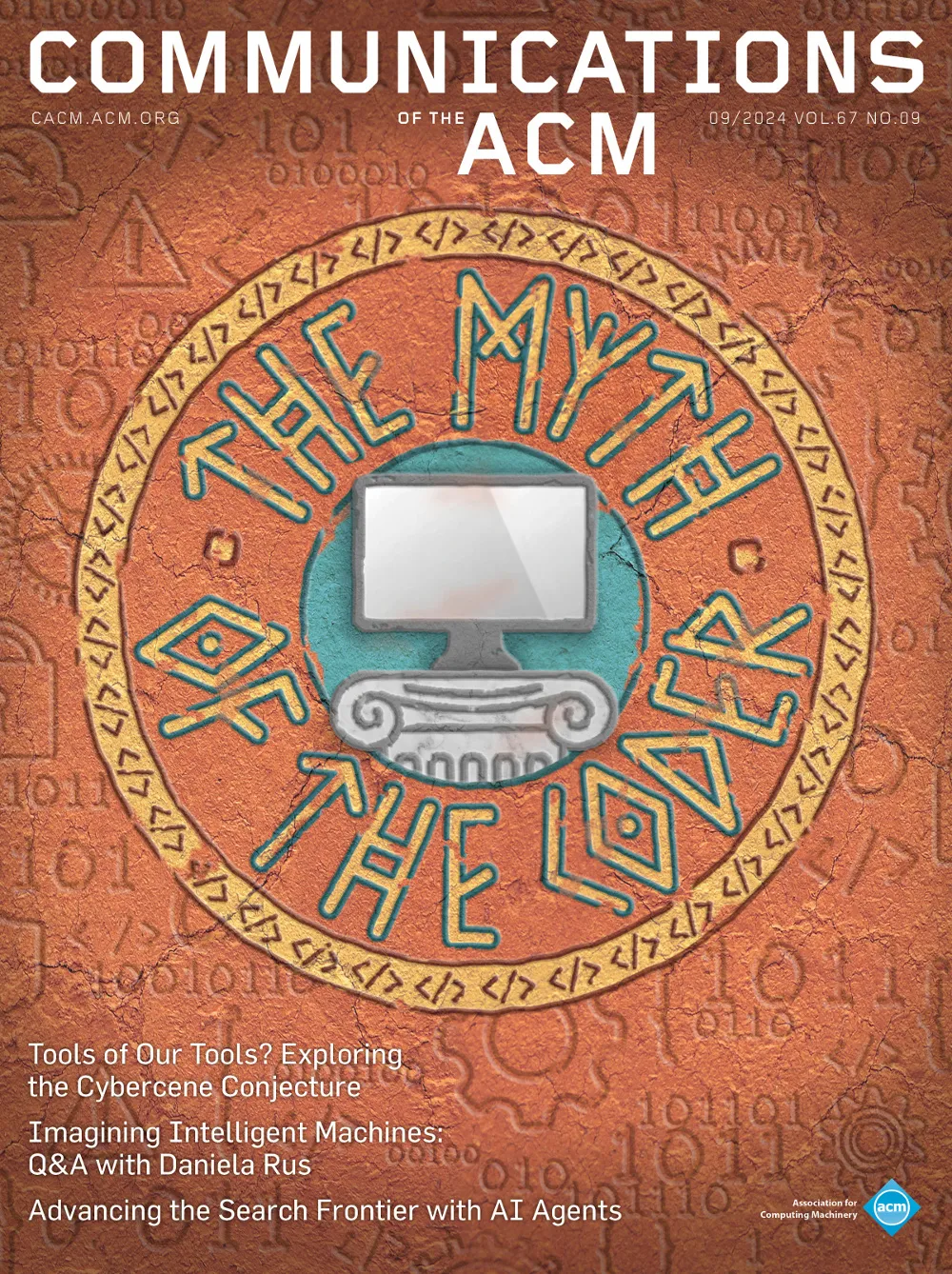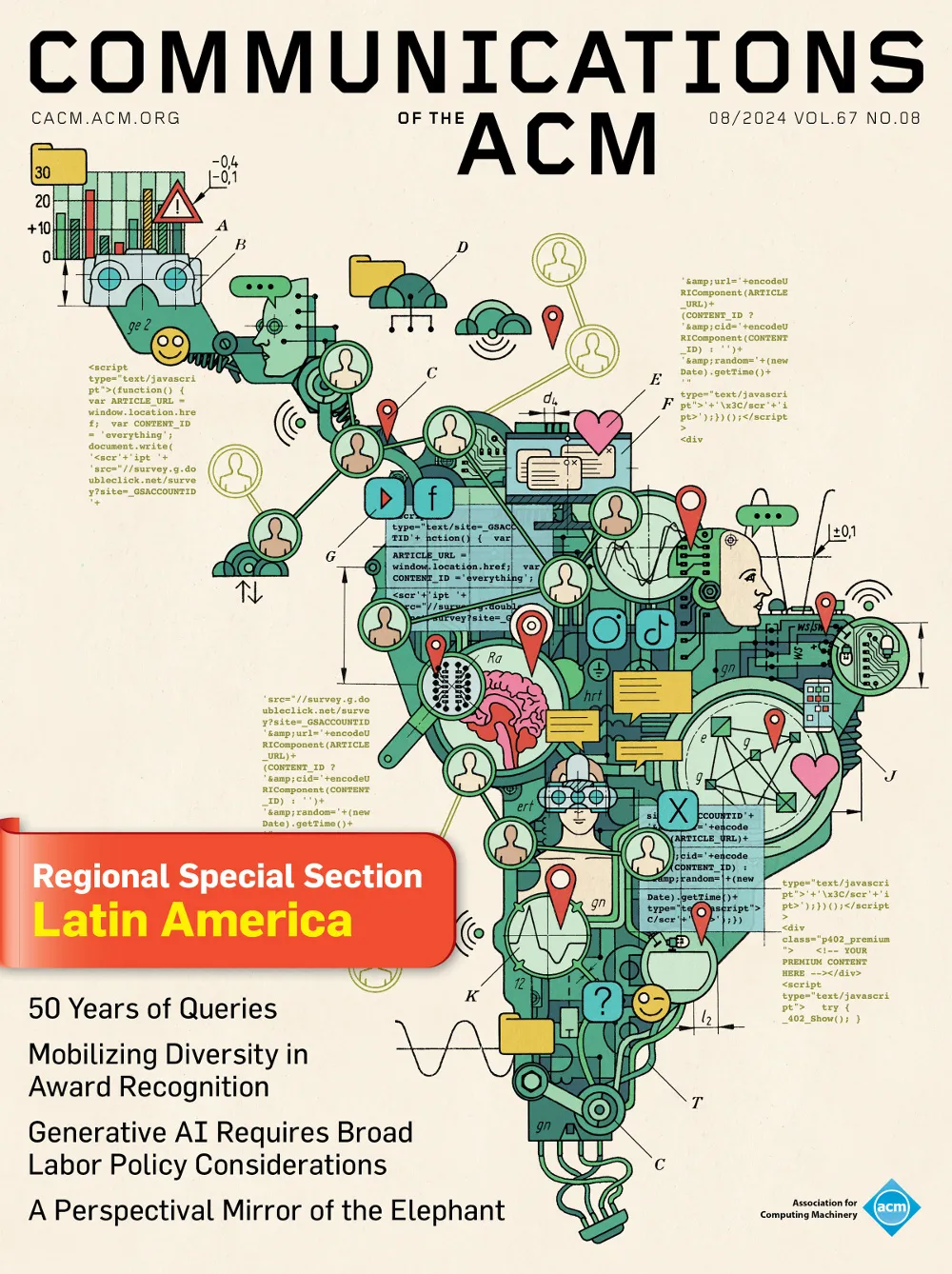August 1968 - Vol. 11 No. 8
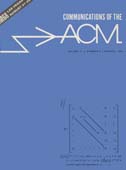
Features
Operating Systems: On overcoming high-priority paralysis in multiprogramming systems: a case history
Information Retrieval: Recovery of disk contents after system failure
When your computer needs a lawyer
Programming Techniques: ASP—a ring implemented associative structure package
A modification of Efroymson’s technique for stepwise regression analysis
A note on the efficiency of a LISP computation in a paged machine
Programming Languages: Generation of positive test matrices with known positive spectra
CHAMP—character manipulation procedures
Algorithms: Algorithm 335: a set of basic input-output procedures
Standards: Accommodating standards and identification of programming languages
